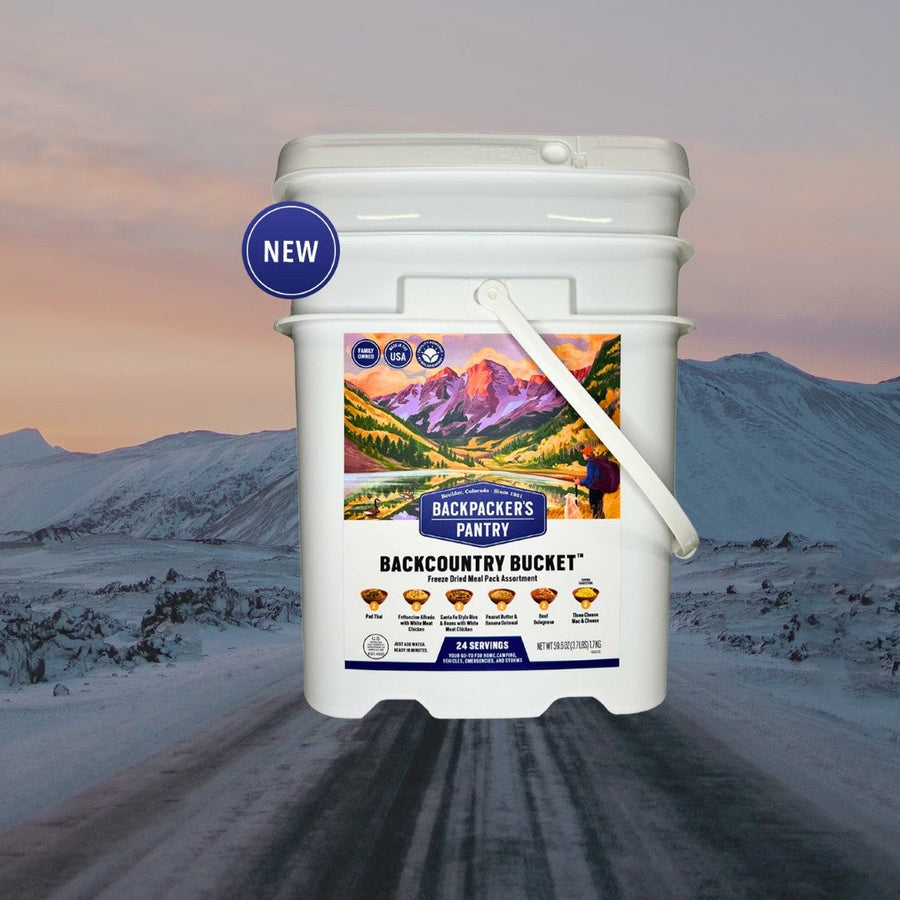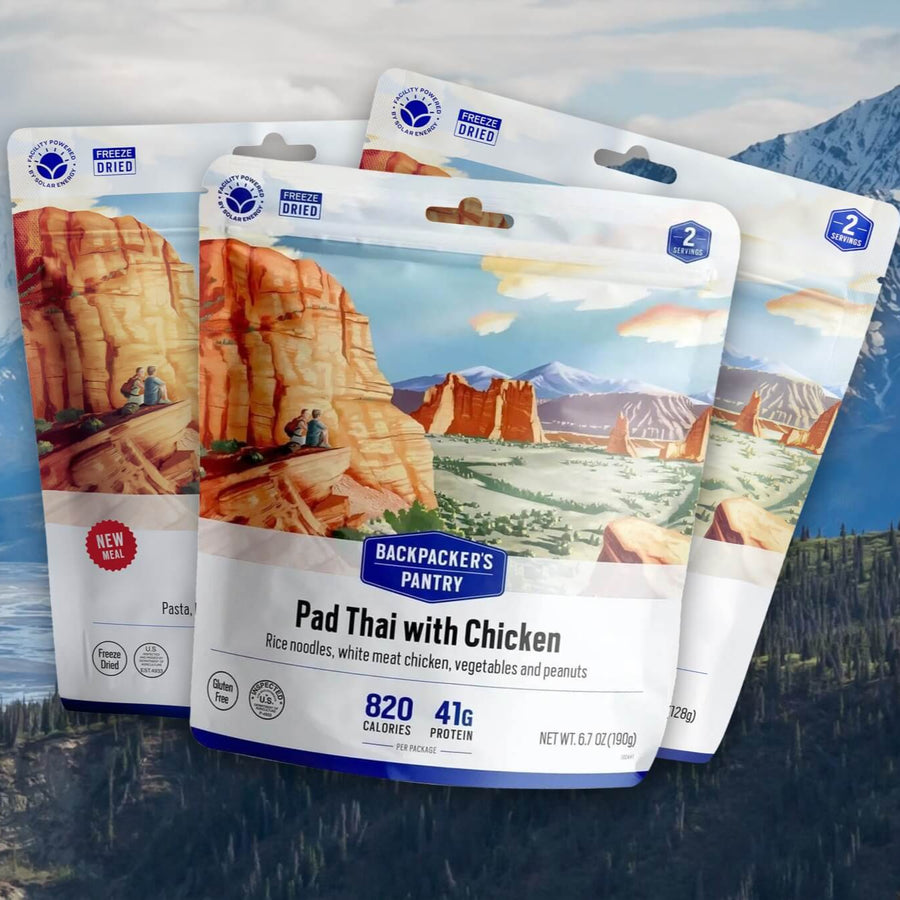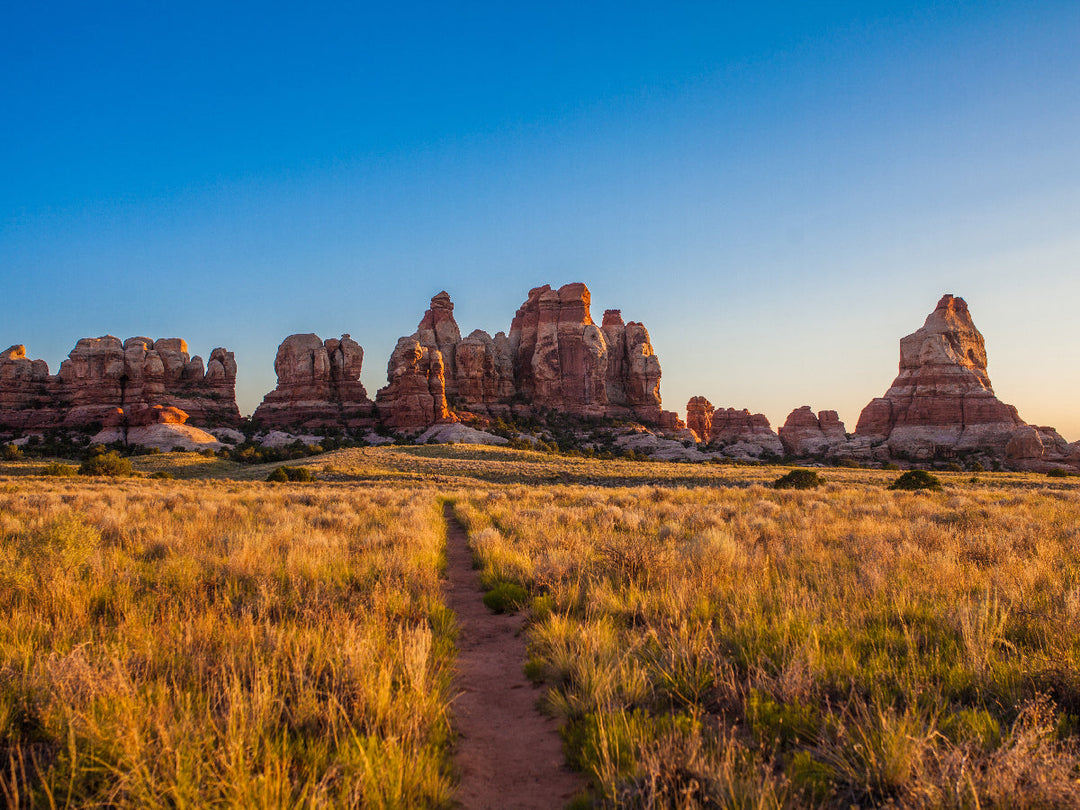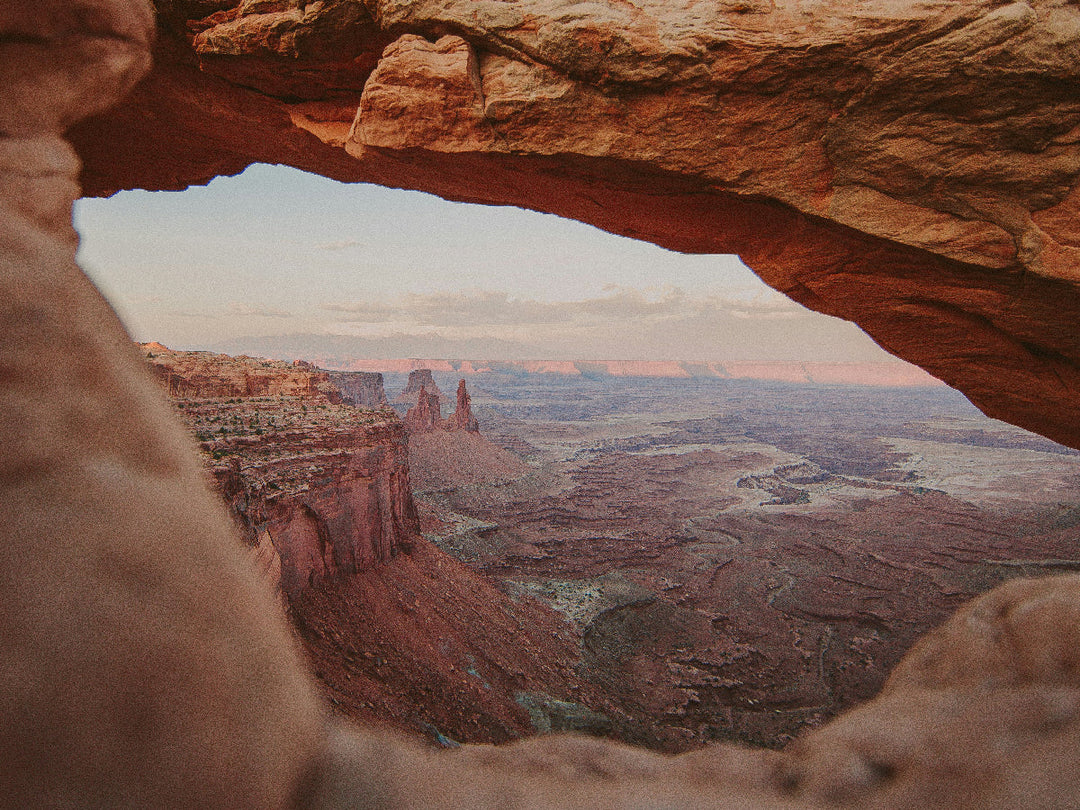Backcountry Stargazing: How To Catch Some Stellar Sights

One of the perks of adventuring in the backcountry is looking up into the stunning starry night sky. And more than just providing an amazing view, stargazing can help us feel more connected to nature, ease anxiety and ignite our creativity. This summer, when you're out backpacking or taking a night hike, consider these tips to help you escape into the vast wonders on the universe.
Prepare Well
Bringing the right items can make all the difference for your stargazing experience. Here are some items that will help to enhance your stargazing excursion. Of course, if you're backpacking, you have be choosy about what you can and can't bring, but some of the items on this list are lightweight essentials.
- Red flashlight or headlamp (to not impair your night vision)
- Bug spray
- Blankets
- Warm clothes
- Astronaut Ice Cream (could there be a more fitting stargazing treat?) lightweight, melt-free, perfect for staring into space.
- Beverage of choice (something hot, cool or even spiked . . .)
- Point-and-identify astronomy app like Starwalk, Google Sky Map & Exoplanet.
- Binoculars or portable telescope (if you're not backpacking)
- Green laser pointer ( to help you point out objects if you're in a group)
How To Pick a Good Spot

The more remote and higher up that you go, the less light pollution there will be. This makes backpacking and camping excellent for stargazing. If you're not out on a big adventure you can take a microadventure by taking a short night hike or drive to find a spot. Once you find an area with low light pollution, look for a flat, relatively comfortable area to sit back, relax and look up at the night sky!
Extra Tips:
International Dark-Sky Association is a great resource to help you find a dark spot. Also, did you know that traveling south helps you get away from light pollution? When you do so, it puts the light pollution in the northern sky!
Look For Something In Particular

There's always something to see in the night sky. With the help of your stargazing app, you can create your own treasure hunt and look for particular constellations & planets. Who knows -- you may even see something you weren't looking for -- like a lucky shooting star! As a helpful tip for differentiating between planets and stars, if it's a star it sparkles & if it appears stationary it's a planet!
Some Ideas For What To Identify In The Night Sky:
Look for different colored stars -- as stars grow older they often change temperature and color. Which stars are white, and which are red?
Discover the moon phases -- As our moon travels in a complete orbit around the Earth, the sun reflects differently on its surface. See what phase the moon is in.
Find the big dipper & the North star -- The Big Dipper is one of the easiest constellations to find and the North Star has helped sailors navigate the seas for generations.
Explore The Wonders of The Milky Way -- This galaxy is best seen in summer and fall skies. It may look like a faint cloud, but it’s actually the compilation of light from millions of distant stars.
Ignite Your Imagination

While high-tech tools can help us navigate the skies, you can also forego these tools and just gaze up at the sky with your naked eye. Our ancestors saw the sky like this for thousands of years. Being in the backcountry is a great time to disconnect from technology and tune in with nature. Challenge yourself to simply be present while stargazing and let your imagination run wild!






